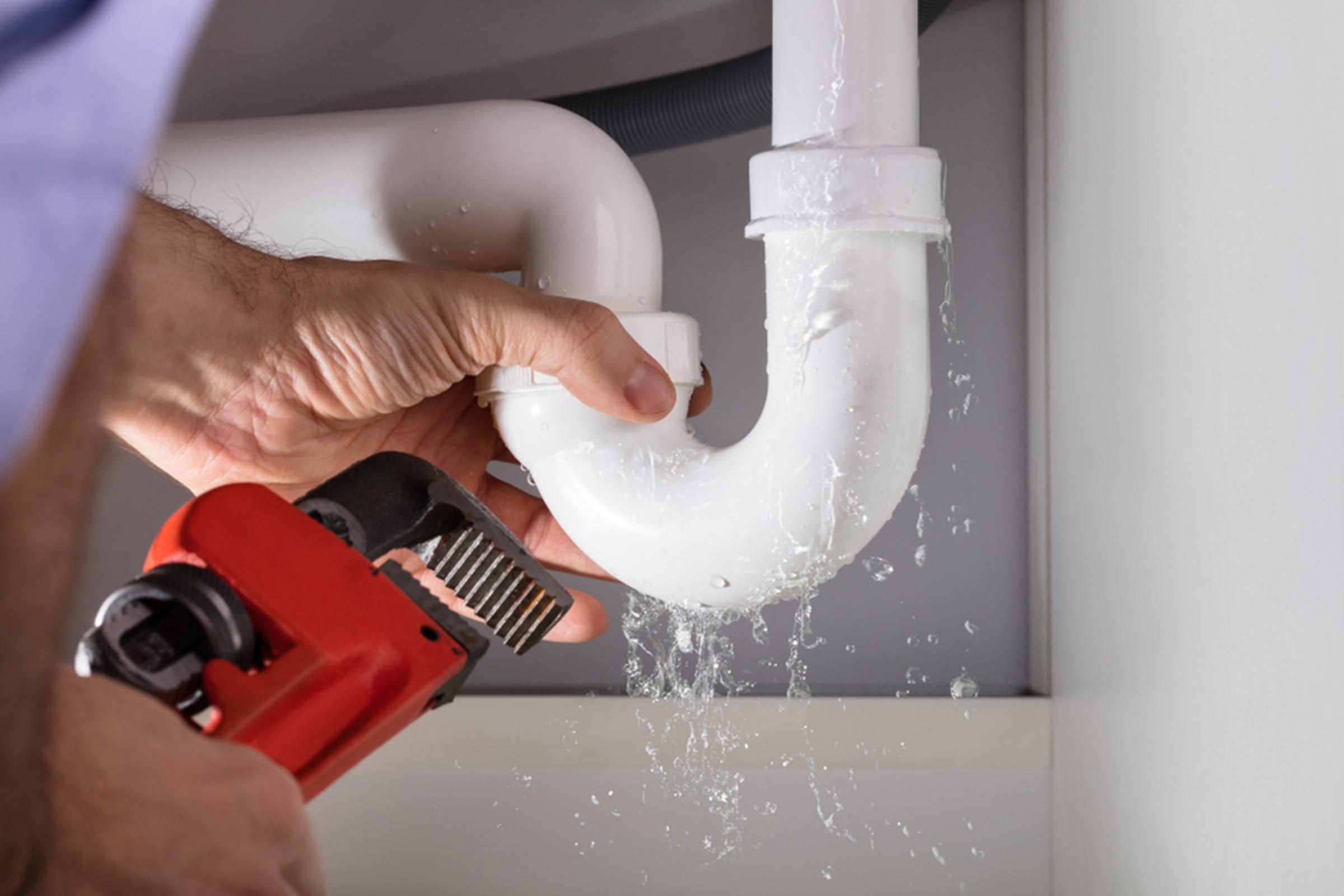
Types of Plumbing
Plumbing is a system that allows fluids to travel through pipes. It includes valves, plumbing fixtures, and other apparatuses that help the fluids move through the pipes. There are many different types of plumbing that are used for different purposes. Some of the types of plumbing that are most common include copper tubing, PEX tubing, PVC tubing, sanitary tees, and galvanized steel.
Galvanized steel for plumbing has many advantages. It is lightweight, durable, and easy to install. However, it can also cause a number of problems.
One of the most common is rusting. Rusting can cause your pipes to fail. Aside from the obvious, it can also restrict water flow. You might even end up with a flood. Luckily, there are a few things you can do to make your galvanized pipe more durable.
If you have a rusty galvanized pipe, you can clean it up with a solution of distilled white vinegar and water. This will help remove the rust, but it will not solve the problem.
In addition to rusting, galvanized steel can be susceptible to leaks. Leaks can occur at the joints of the pipe or behind a wall. They can also attract termites.
Even if you don’t see any leaks, you may still want to replace your galvanized pipes. It is important to do it right the first time. Depending on how old your house is, you could end up spending hundreds of dollars on replacing the entire pipe.
You can easily tell if your galvanized pipe has rusted by looking for a silver-gray color. If you don’t have the tools, you might be able to identify it by the strength of its magnet.
When galvanized steel rusts, it will release a lot of lead into the water. That’s why it isn’t recommended to use it for drinking water.
PVC for plumbing is an inexpensive and easy material to install. It is a durable material, making it ideal for a wide variety of plumbing applications. Nonetheless, it’s not without its drawbacks.
For starters, PVC can be brittle when exposed to cold weather. In addition, it may also leach chemicals into your drinking water.
While PVC may be the right material for some applications, it’s not the best choice for others. You should perform the proper research to ensure you’re using the right product for the job.
PVC pipes are available in several colors, including white, gray, and light gray. They are also available in two different thicknesses. The thicker the wall, the better it is for chemical and industrial applications. However, they are not suitable for photographic solutions or for use with highly oxidizing liquids.
In the context of plumbing, PVC is a viable alternative to copper or iron. It is lighter in weight, thereby reducing fuel consumption. Also, PVC is corrosion-resistant, making it a better choice for underground plumbing. But you should still ensure it is adequately supported and installed.
Another advantage of PVC is that it can be recycled. Eight thousand tons of it are recycled every year in Europe through a program called VinylPlus. Despite its popularity, it’s a bit difficult to find PVC pipe in your local big box store.
To ensure that you get the most out of your plumbing system, make sure you’re choosing the right product. The right type of pipe will last for decades.
PEX for plumbing is a flexible plastic piping material. It is not thermally conductive, but it has excellent pressure-holding properties at elevated temperatures. This makes it perfect for domestic hot water.
PEX is also used for compressed air, natural gas transmission, fluid handling in medical devices, and other applications. The cost-performance balance of PEX is very good.
PEX is also an excellent choice for radiant heating. It has a low rate of turbulence and a high density. For fire sprinkler systems, it has the ability to retain hot water for an extended period.
Many builders use red PEX for hot water supply lines. Partusch Plumbing has been using the system for radiant heating for snowmelt since 1990.
Uponor has become a trusted solution for commercial and new-home construction projects. It has more than four decades of service and more than 17 billion feet of pipe installed worldwide.
There are a few misconceptions about PEX for plumbing. One of them is the notion that the tubing is cross-linked. Cross-linking is a physical and chemical process that occurs during extrusion. This increases the resistance to environmental stress cracking. However, lower degrees of cross-linking can result in poor physical properties.
